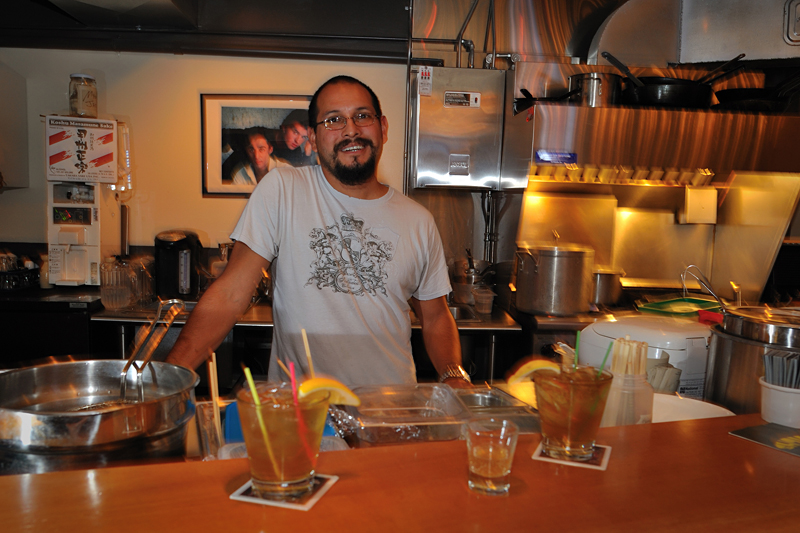In 1994, Cesar Sarausad drove a car slowly past Ballard High School while Brian Ronquillo fired into a group of students, then sped off. One of the bullets hit and killed Melissa Fernandes. According to court records the murder resulted from a dispute between rival gangs 23rd Street Diablos, Sarausad’s, and the Bad Side Posse, based out of the school. A jury convicted Ronquillo and he is now serving a 52-year sentence for the murder.Sarausad argued during his trial that he had no idea Ronquillo planned to actually shoot anyone, though according to records, Ronquillo actually readied a gun while they approached the school. The prosecutor argued that Sarausad knew Ronquillo planned violence and had every intention of helping him as far as Ronquillo took it, whether that was mere fisticuffs or deadly violence–“in for a dime, in for a dollar.” On top of that, by slowing down to allow Ronquillo to fire the shots, then speeding away, Sarausad helped Ronquillo commit murder, the prosecutor argued.A jury convicted him of second-degree murder, attempted second-degree murder and second-degree assault. A judge handed down a 27-year sentence. A passenger in the car was acquitted after a jury failed to make a decision on his involvement.Eventually, an appeals court overturned Sarausad’s conviction, but today, more than 14 years after the shooting, the U.S. Supreme Court reinstated it.Sarausad repeatedly attempted to get the conviction overturned and in 2001, a federal district courtruled that the jury was unclear on what burden of proof they needed tohave to find Sarausad guilty–was mere knowledge of an assault enoughor did he have to be aware that they were going to the school to killpeople? Essentially, the district court said “in for a dime, in for adollar” is not a valid reason to convict someone of murder. Theconviction overturned, the state appealed to the U.S. Supreme Court,which today ruled 6-3 that the conviction stands. In themajority opinion, Justice Clarence Thomas, argues that even though theprosecutor erred somewhat in her “dime for a dollar” explanation ofWashington state accomplice law, the jury received additionalclarification from the judge making it sufficiently clear that theywere convicting Sarausad based on whether or not he knew about the planto start shooting. Justice David Souter (joined by JusticesJohn Paul Stevens and Ruth Bader Ginsberg) authored the dissent. Hearuges the jury was absolutely confused about the standard forconvicting someone of murder and may well have assumed that mereknowledge of a fist-fight is enough under Washington state law toconvict someone of murder if that’s where the situation ends up. Read both opinions here. [PDF]
More Stories From This Author
New state legislation fights catalytic converter theft
Governor Jay Inslee signed a bill on March 26 adding new regulations to the purchase and sale of catalytic converters…
By
Benjamin Leung • April 8, 2024 1:55 pm
Kirkland officer steps down following investigation into bikini barista incident
A Kirkland police officer accused of exhibiting odd behavior toward bikini barista employees while using a city-owned vehicle has resigned…
By
Cameron Sires • April 5, 2024 10:09 pm
KC Sheriff’s Office sues over Burien encampment ban
Office of Law Enforcement Oversight director calls Burien’s ordinance “unconstitutional.”
By
Cameron Sheppard • March 18, 2024 12:32 pm






